With ’70s and ’90s hairstyles seeing a resurgence, it should come as no surprise when clients come in with bangs on the brain! Resurgence aside, though, bangs have always been a chic and stylish way to amp up any hairstyle, used as an accessory to many different aesthetics and embraced for their face contouring effect.
As a stylist, this means that you’ll need to understand how to cut bangs, where to cut bangs to create the right look, what types of bangs will suit your client’s face shape and hair type, how to style said bangs and what professional hair styling products to use on bangs. Luckily, that’s what today is all about!
Picking the Right Bangs
When it comes to picking or creating the perfect bangs, taking the face shape into consideration is essential. There are three key areas of the face to assess when identifying face shape. They are the hairline, the jawline and the face length. The most common combinations of these create the following shapes:
- Heart-shaped faces: This shape features a slightly wider forehead and soft angles at the chin. When it comes to bangs, you’ll want to be mindful of the length-to-width ratio, as heart-shaped faces tend to favor bangs that elongate from the forehead, not widen it, to highlight and complement the curvature of the chin.
- Round faces: Round faces have a softer and wider shape. Instead of accentuating the U-shaped curvature of the chin, round faces will benefit from a bang style that adds length to the face and angular definition to the jawline and the hollows of the cheeks.
- Oblong face shapes: This particular face shape is often quite a bit longer than it is wide. Oblong faces can usually benefit from a bang that helps to round out the face — as a result, also drawing more attention to key features like the eyes.
- Oval face shapes: This shape is considered to be one of the most versatile when it comes to rocking different haircuts and styles. It’s because of this that we suggest leading them toward a shorter or more statement-making bang that will really accentuate and show off their face shape.
- Square face shapes: Square faces boast a stronger jawline and often sharper features. To create balance while still accentuating these features, softer and lengthier bang styles are encouraged.
With these shapes and angles in mind, let’s dive into the many different types of bangs!
11 Types of Bangs to Share with Your Clients
Bangs are meant to enhance noteworthy natural features, not overwhelm them! We’ve learned how to identify prominent features and what they call for. Now it’s time to jump into specific styles that will showcase these face shapes and their features best, what hair types they’ll work with and everything else you need to know to create a classic, trendy or statement-making bang — plus a couple of variations that can transform any bang style into a suitable one if your client wants it!
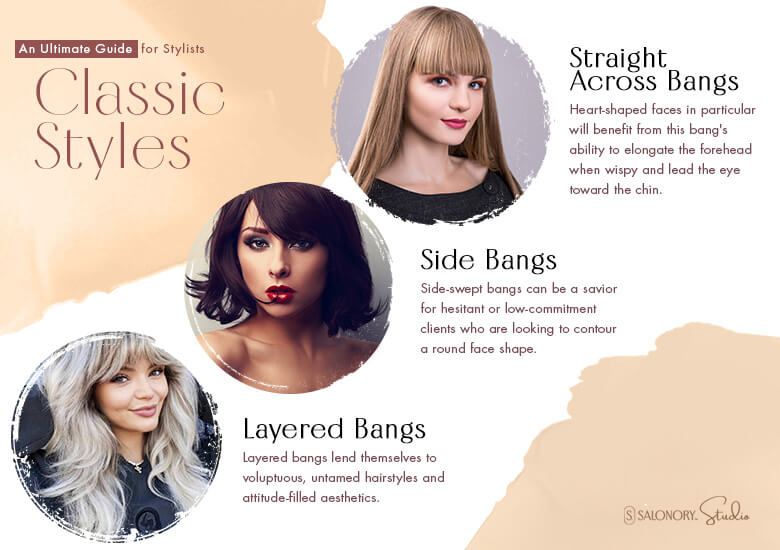
Classic Styles
1. Straight Across Bangs
Straight across fringe bangs are simple in terms of style but significant in terms of the skill and technique that it takes to cut them correctly. While straight, this bang style should never be ruler-level straight, and should never create too solid of a line by being too thick in the middle. Instead, straight-across bangs should be thinned slightly (or ideally, done on thin or fine hair) and create a soft inverted U-shape that sits just above the brow or lashes, depending on the face shape.
While many face shapes can pull this type of bang off, heart-shaped faces in particular will benefit from this bang’s ability to elongate the forehead when wispy and lead the eye toward the chin.
2. Side Bangs
Side-swept bangs can be a savior for hesitant or low-commitment clients who are looking to contour a round face shape. This is because they’re not too drastic, they’re easy to maintain, they work on almost any hair type or length, they’re versatile to style and growing them out again is quick and nonintrusive — not to mention the fact that side bangs will showcase their cheekbones and have an angular and elongating effect on the face.
Side bangs are easy to blend with any layers around the face and easy to style in a million ways, but to ensure your client has an easy time with the style and is able to keep it lively instead of limp, it’s important to send them off with some simple and achievable styling tips. For instance: straight and wavy hair clients can spritz the bangs with water and blow dry while combing down and out slightly with the fingers; extra wavy hair clients can blow dry with a round-barrel brush in the opposite direction and push them back to the proper side as they cool; or curly hair clientele can work a curl cream into the hair with the fingers to define curls and boost bang volume!
3. Layered Bangs
Layered bangs lend themselves to voluptuous, untamed hairstyles and attitude-filled aesthetics. These bangs will generally work best on thick hair, but with the right hair care products, any hair type can slay this style! This is good news because shaggy hairstyles have been returning to the spotlight recently, and a lot of clients may want to tackle this bang type!
The other good news is that layered bangs should look good on almost any face shape, thanks to how customizable they are (whether that be through the layer’s abilities to be soft and counteract sharp facial features or be sharp and complement soft features)!
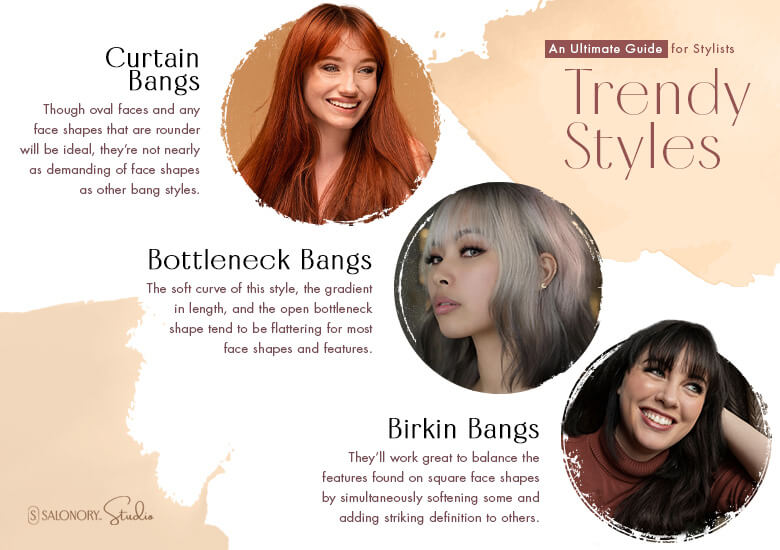
Trendy Styles
4. Curtain Bangs
Curtain bangs are the call for trendy clients and the calling card of trendy stylists. They’re super versatile for styling and they flatter most face shapes. Though oval faces and any face shapes that are rounder will be ideal, they’re not nearly as demanding of face shapes as other bang styles.
Along with this, thick or thin hair can rock this look equally well. If the client’s desired aesthetic leans more toward the ’70s, feathered feel, though, then straight and wavy hair patterns should be present. If the client has more playful or modern ambitions for their aesthetic, then curly hair will create the look they’re going for! If you have a hesitant client or unpredictable hair in your chair, you can also consider looking into how to do chin bangs, a more subtle version of this style.
5. Bottleneck Bangs
Bottleneck bangs have been described as a more refined take on curtain bangs. They’re more narrow than most bangs at the top but gradually get wider toward the ends. From here, they taper down to curve around and accentuate the cheekbones. The soft curve of this style, the gradient in length, and the open bottleneck shape tend to be flattering for most face shapes and features. The soft but irregular texture, on the other hand, lends itself to most hair types!
With all of that said, setting the bangs up in this position and shape and splitting them apart to expose the forehead from a lower point than your natural hairline can work wonders when it comes to shortening the face, so be sure to embrace this style when it comes to longer face shapes in particular!
6. Birkin Bangs
Birkin bangs are comparable to classic straight bangs, but they look a little longer, a little outgrown and a little more effortless. Grazing the lashes and giving off a day-two texture, Birkin bangs are ideal for straight or wavy hair that rocks a little more texture. With that said, even the silkiest of strands could perfect the look with the help of a salon texturizing spray.
Because of the length that Birkin bangs boast, and the combination of softness and texture that creates an almost feathered appearance, they’ll work great to balance the features found on square face shapes by simultaneously softening some (like the jawline) and adding striking definition to others (like the eyes).
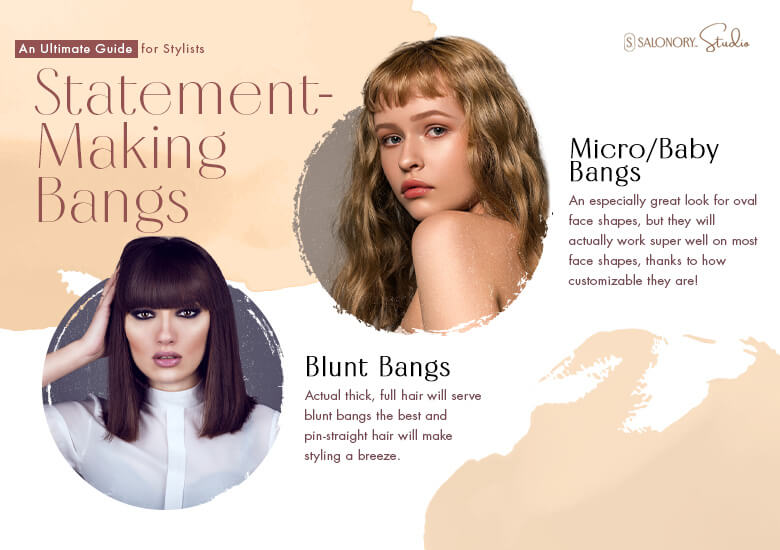
Statement-Making Bangs
7. Micro/Baby Bangs
Micro bangs (or baby bangs) are much closer to the hairline than the brows and leave ample space between them, and they typically follow the hairline from temple to temple to create a dramatic look. Baby bangs are an especially great look for oval face shapes, but they will actually work super well on most face shapes, thanks to how customizable they are!
Because they’re generally styled and worn flat to the forehead, it’s a good idea to remind clients with oily hair how important it is to keep their hair clean if they want to avoid breakouts underneath. It’s for this reason as well that we suggest this cut to clients with thinner hair. And while the way that they’re generally styled and worn means that baby bangs will work best on straighter hair types (especially when you consider how limited the space for a straightener is), we love a curly baby bang, too!
8. Blunt Bangs
Blunt bangs create a clean and solid line that’s perfect for shaping certain face shapes. For longer or more narrow face shapes in particular, a blunt cut straight across bang that sits just below the brows will serve to make the face look fuller, thanks to its perceived thickness from the blunt cut. Blunt bangs will also balance the length of the face, thanks to the solid straight line sculpting the face instead of a rounded hairline that intensifies a longer forehead.
While any hair will likely look thicker with a blunt cut, actual thick, full hair will serve blunt bangs the best and pin-straight hair will make styling a breeze. Even if this is the case, though, remind your client that they can add a little extra edginess to the look by straightening the ends and adding a little texturizing or smoothing product when they style!
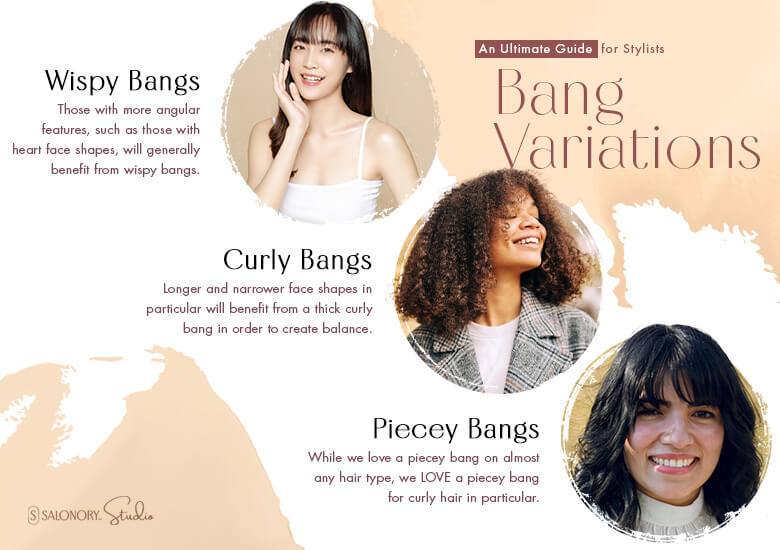
Bang Variations
9. Wispy Bangs
Wispy bangs of any sort will add an air of ease to your client’s cut and aesthetic. They’ll also add an air of ease to the styling process for certain straight and wavy hair types, who will be able to rough-dry and run out the door! With a lot of feathering on the ends to induce a soft and barely there feeling, wispy bangs definitely tend to work best on thin and fine hair.
Those with more angular features, such as those with heart face shapes, will generally benefit from wispy bangs, as they’ll help significantly to soften any sharpness.
10. Curly Bangs
Curly hair has a lot of shape and volume, and bangs are a great way to play with that and sculpt an ultra-complementary shape! Longer and narrower face shapes in particular will benefit from a thick curly bang in order to create balance, but for those with thinner hair, wispy defined curls that fall across the forehead will complement heart-shaped faces beautifully.
Whether you’re cutting loose curls or tight coils, always remember that the key to cutting curly bangs is to cut them dry to allow yourself to compensate for bounce back!
11. Piecey Bangs
If you have a client who’s drawn to undone and lived-in hairstyles, then embracing a piecey or choppy version of the bang they want will probably be a winner! Piecey bangs have pronounced separated pieces and feathery, choppy ends. Together, these create a messy, blunt, textured and chic look. Piecey or choppy bangs should be a go-to when it comes to clients with more angular features (like those seen in square face shapes) who want a full, straight across fringe.
While we love a piecey bang on almost any hair type, we LOVE a piecey bang for curly hair in particular, as it really plays to the texture and piecey-ness if properly defined with styling products and, of course, properly hydrated and maintained with care products!
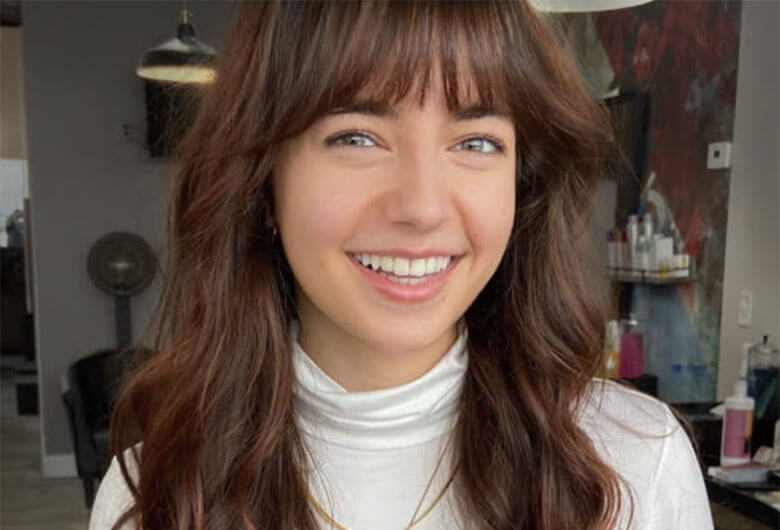
Bang Maintenance and Care
If your client is hesitant about how much styling and care time their bangs will demand from them, remember to explain that it’s not as much effort as they may think! Gone will be the days of rolling out of bed and running out the door, though, so do eliminate some of the anxiety, intimidation and second-day styling stress by giving your client a crash course on how to style their new bangs as you do it. This includes the techniques you’re using, any tips you have and all products you’re using (from the simple spritzes of water to the salon texturizing sprays).
Along with how you’ve styled their hair, be sure to show them the best professional hair care products to keep the cut looking good whether it’s styled or not, and remind them that the real key to maintaining killer bangs is booking regular visits with you to trim and possibly retexturize!
Image Credits
seto contreras/Shutterstock.com
Dasha Petrenko/Shutterstock.com
Anastasia_Vishn/Shutterstock.com
Auttapol Tatiyarat/Shutterstock.com
Angela Holmyard/Shutterstock.com
NeonShot/Shutterstock.com
Olga Brik/Shutterstock.com
Sherbak_photo/Shutterstock.com
Julia Strekoza/Shutterstock.com
Svitlana Sokolova/Shutterstock.com
Miloje/Shutterstock.com
anna.spoka/Shutterstock.com






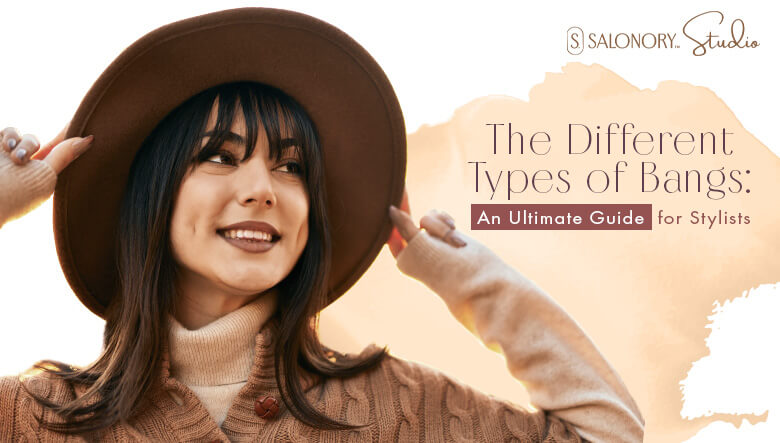







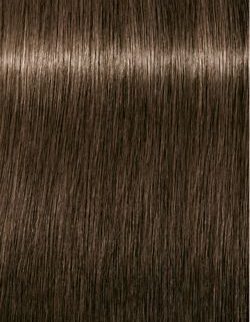
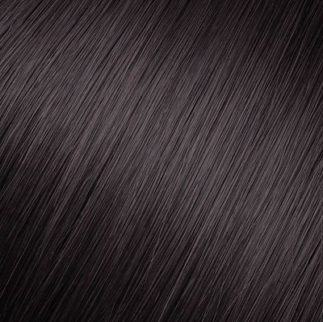
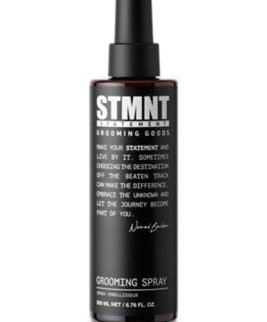
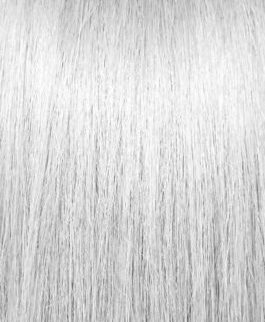
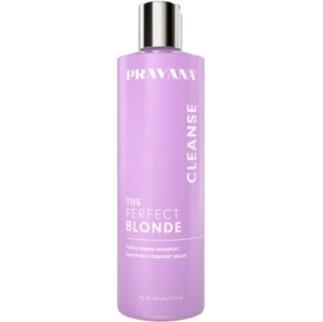
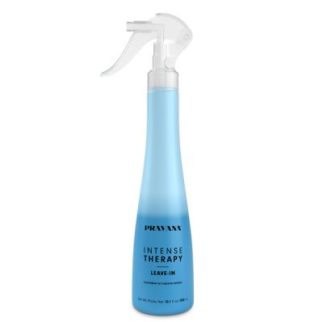
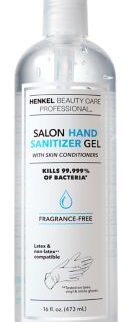
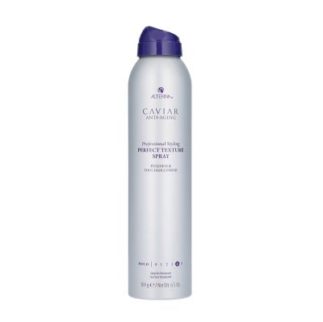
Share Your Feedback